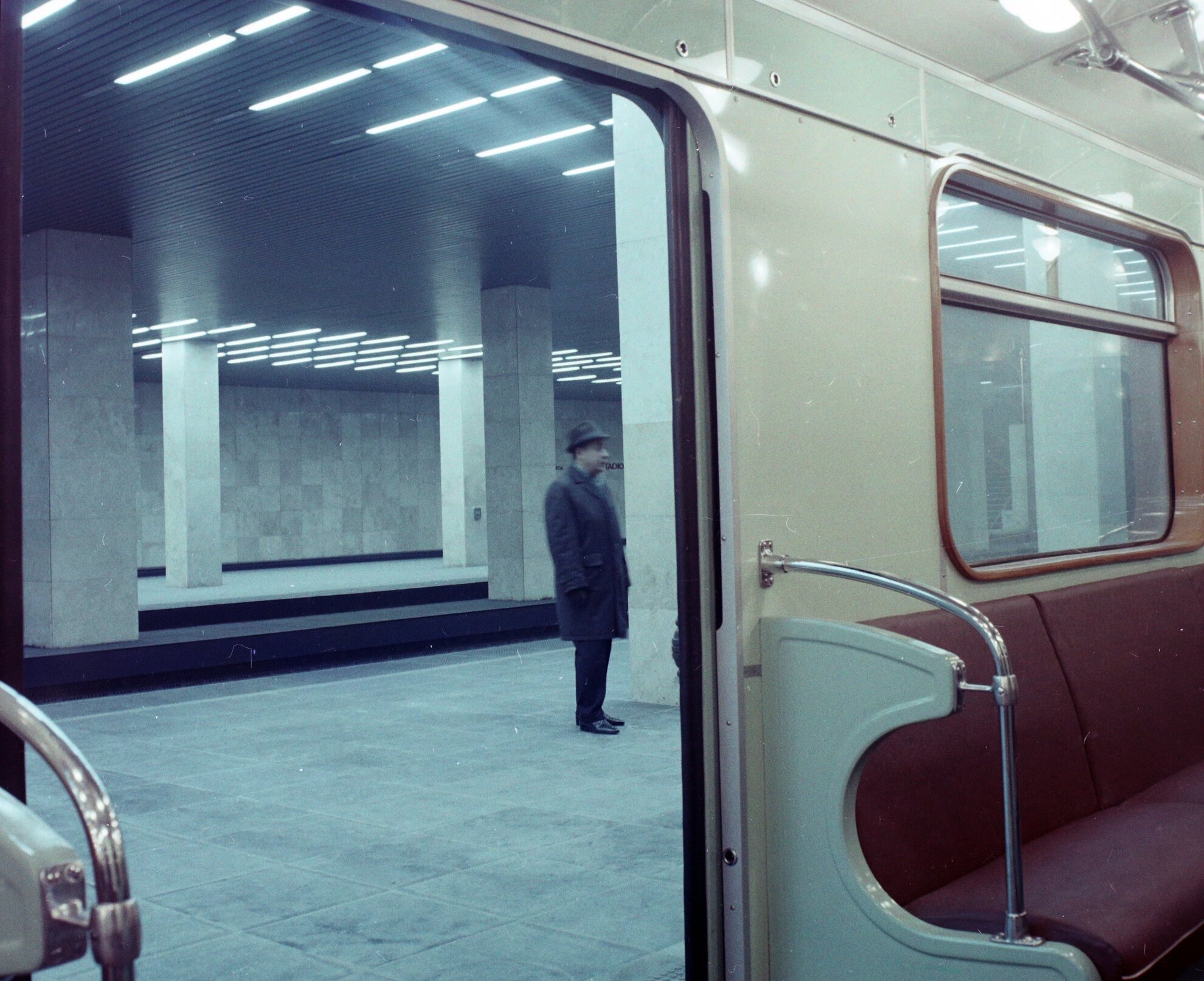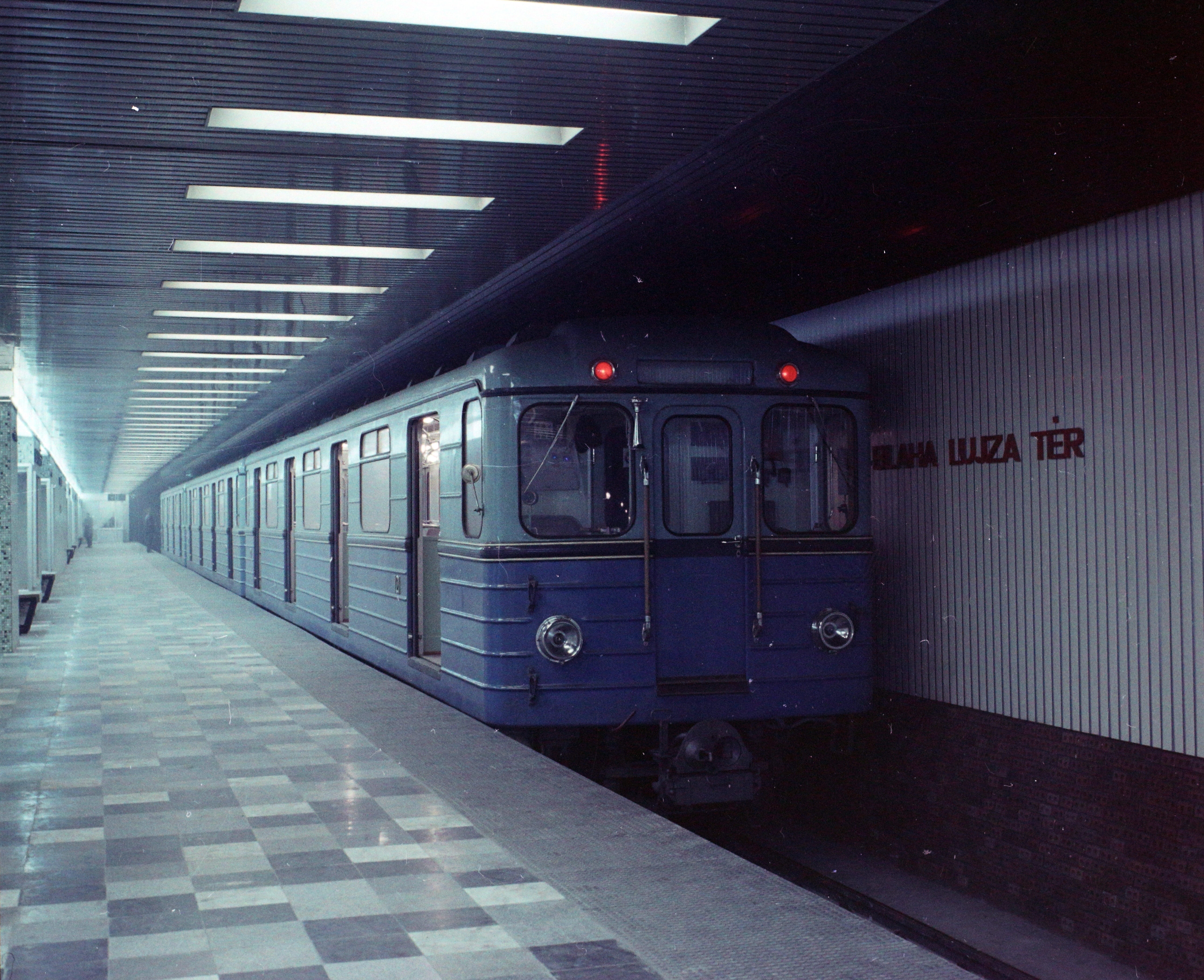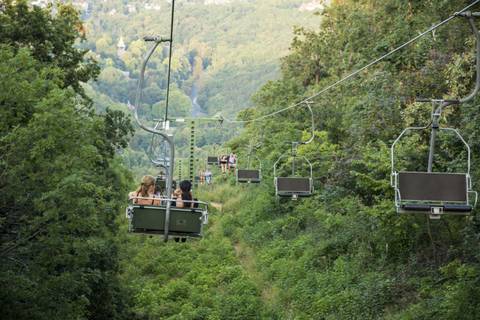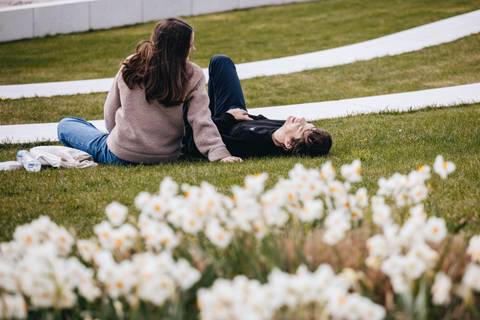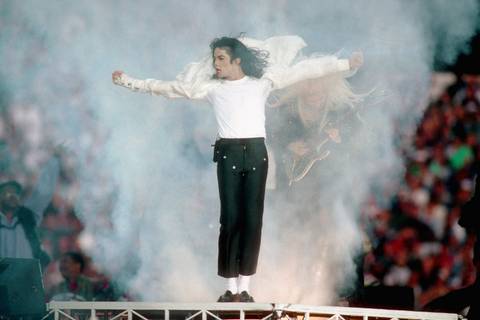For half a century now, metro line 2 has trundled beneath the streets of Budapest, ferrying passengers through Hungary’s capital between Déli station and Örs vezér tere. The Transport Museum has just created a highly detailed virtual exhibition on the red metro, with photos, blueprints, diagrams and more.
The construction of line 2 of Budapest’s metro network is surrounded by stories and urban legend. It’s no wonder: it was built when Socialism was at its most dictatorial, in the shadow of possible nuclear war. Indeed, the metro stations were designed to double as shelters. The current show created by the Museum of Transport is the second virtual exhibition this month highlighting the history of transport and technology in the city, using a comprehensive, highly visual and extremely meticulous approach.
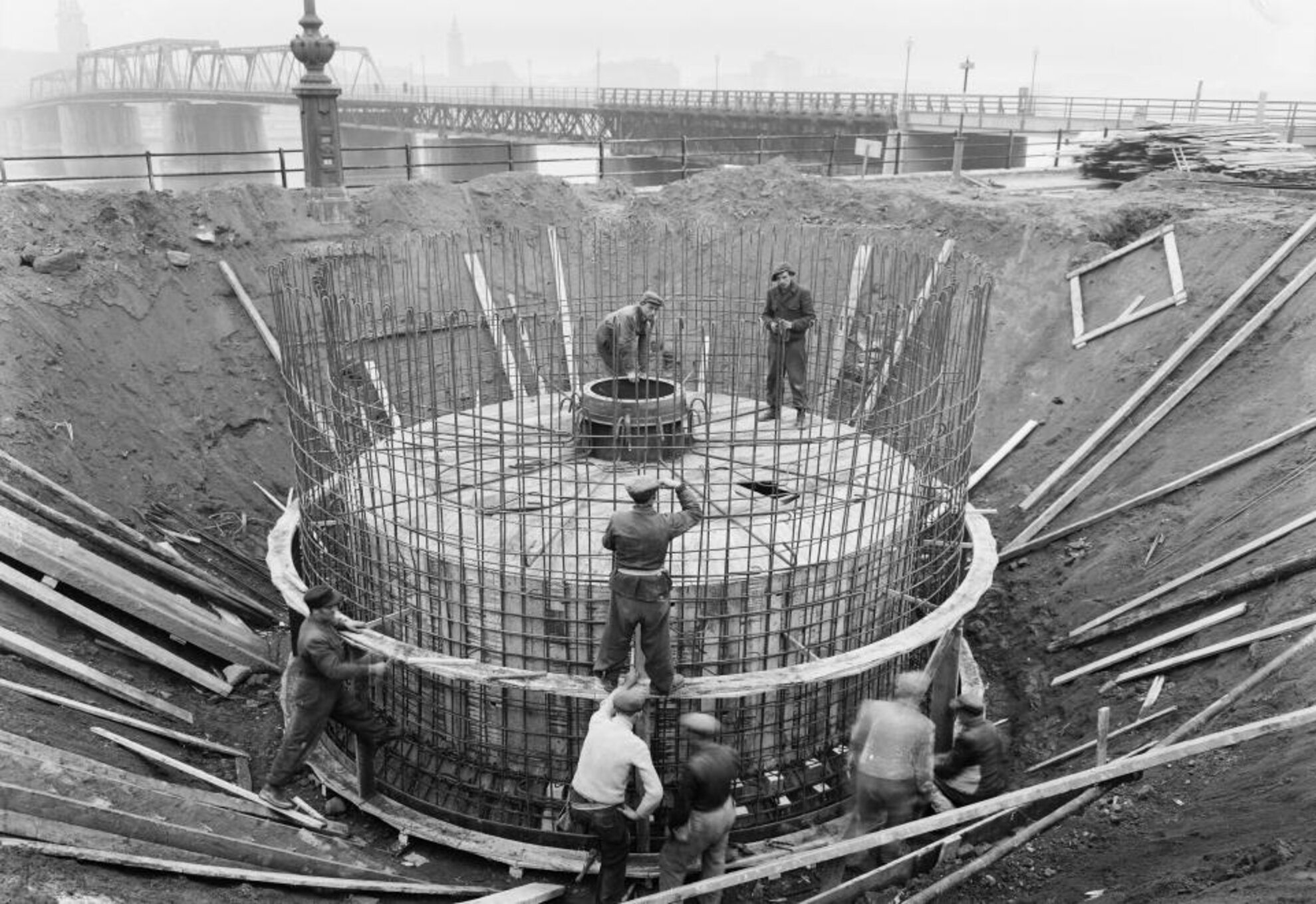
Studying the material found in the online gallery, we can see the original plans for the metro lines, drawn up in the early 20th century. Comparing them with today’s map, we can see the direction and emphasis of urban development in the city over the past 100 years.
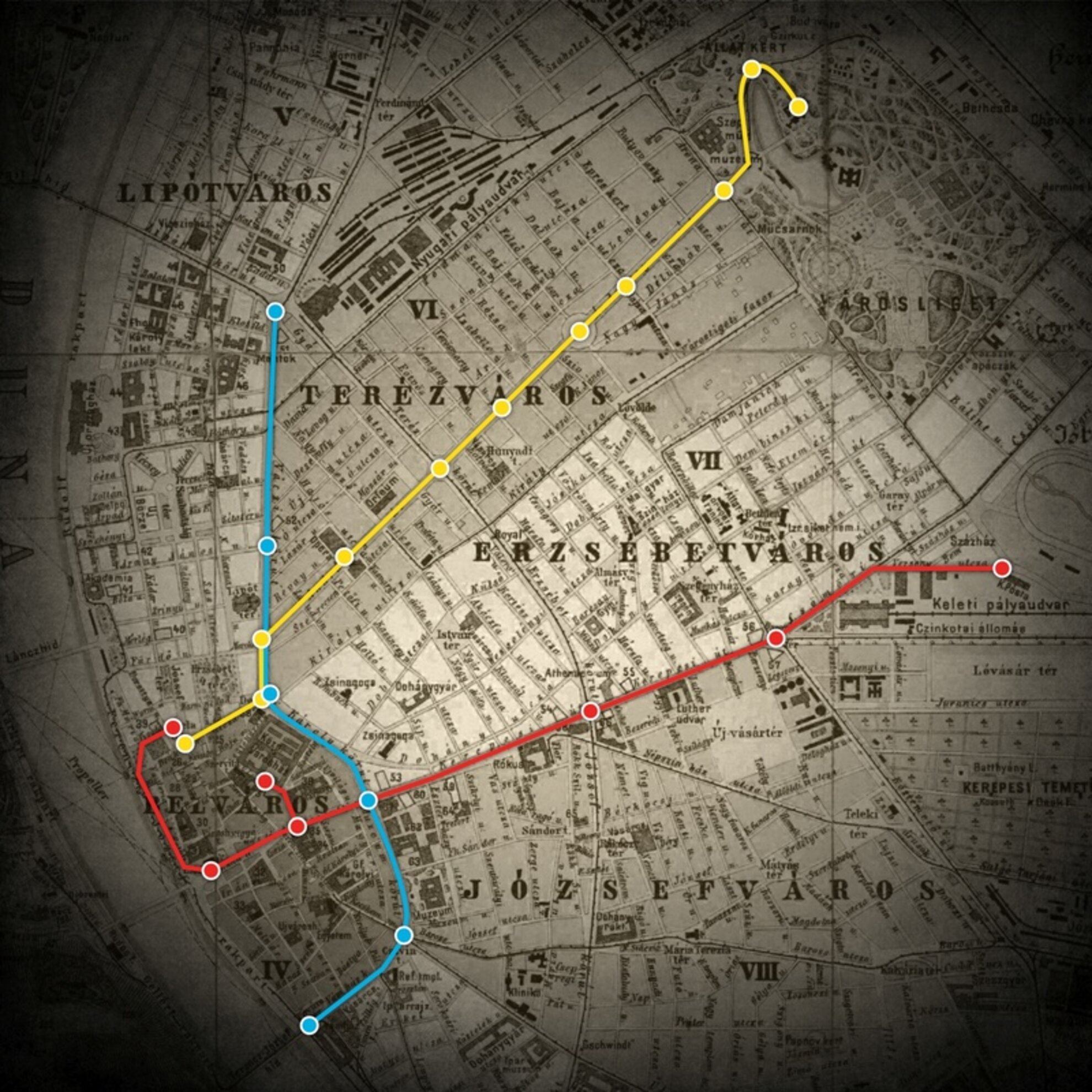
The design of metro line 2 was created after World War II, and represented the second largest investment in the country after model city Sztálinváros (today’s Dunaújváros). It consumed a significant portion of the national budget, and construction was possible in large part due to Soviet assistance. As the economic conditions proved less favourable, construction practically came to a halt in 1953, after the removal of Stalinist dictator Mátyás Rákosi.
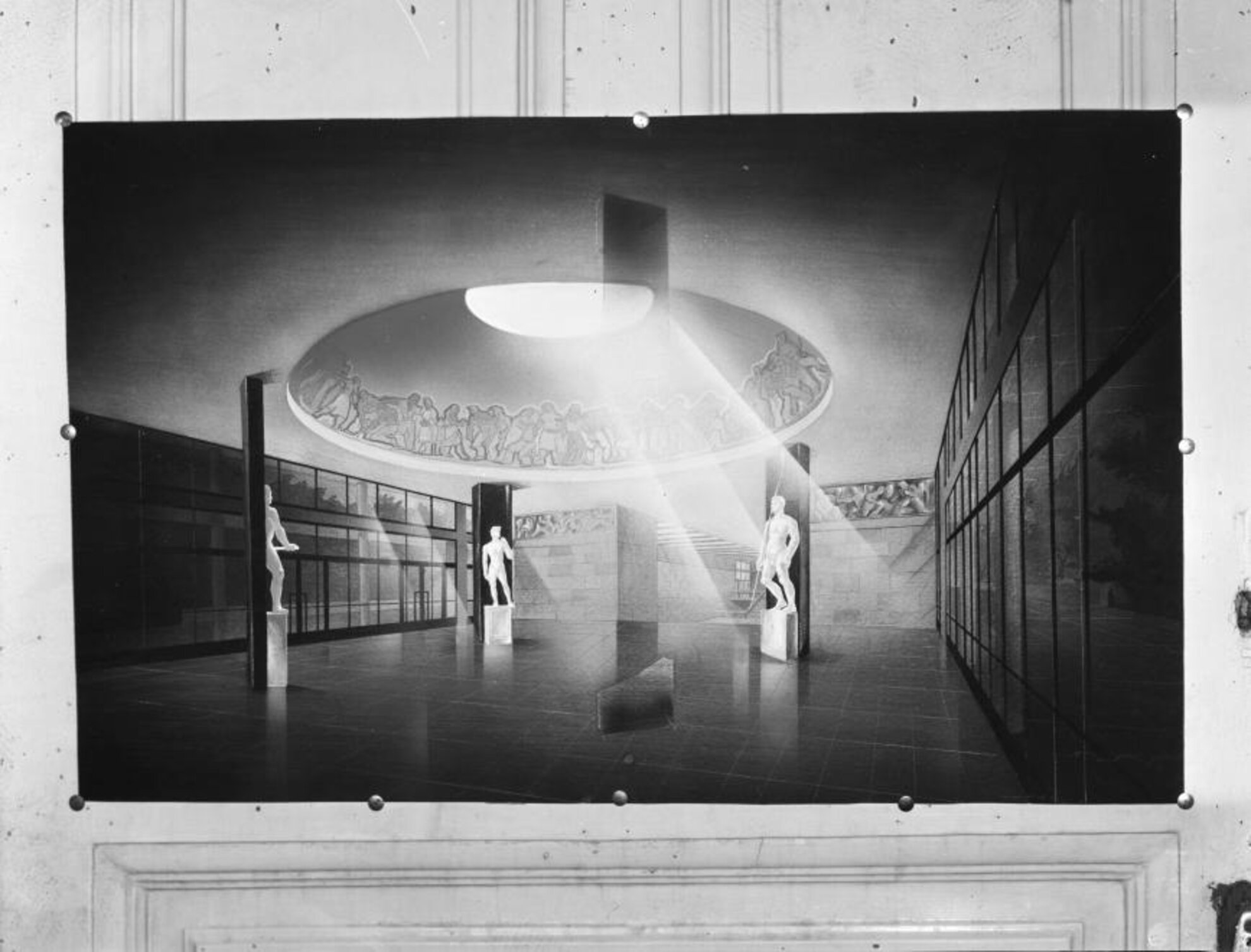
The original designs for the metro stations were a significant departure from those we recognise today. Each was intended as a separate masterpiece of architecture and fine arts – the goal was that each should represent a different ideological message. These original designs were largely inspired by the grandiose stations of Moscow.
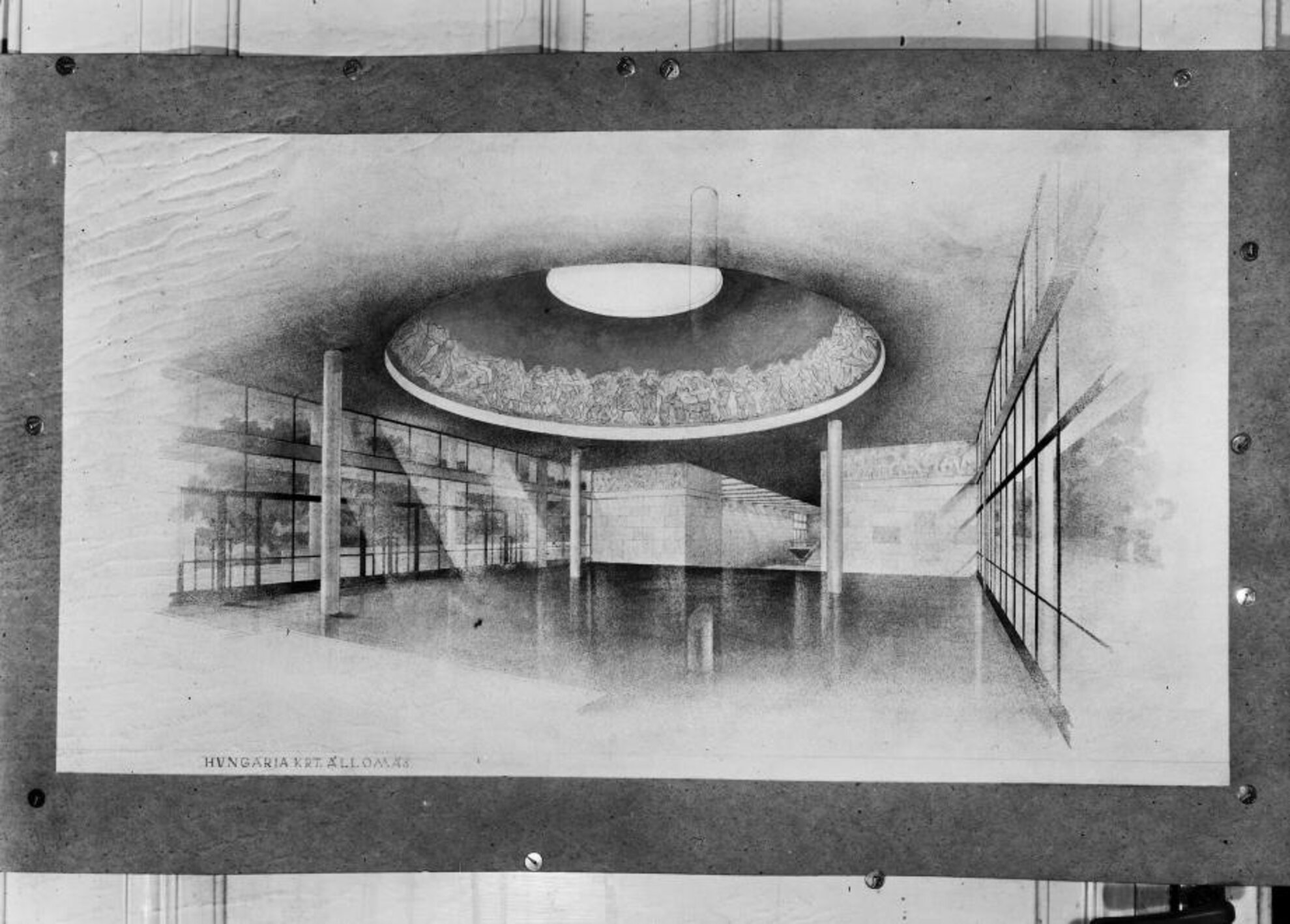
Between 1954 and 1962, work was officially suspended, and it wasn’t until later in the 1960s that the strengthening economy allowed Hungary to finally complete the project. By this time, the elegant artistic designs for the metro stations were rethought, with a focus now narrowing down to functionality and simple forms. One of the special features of the Transport Museum’s online exhibition are the hitherto unpublished sketches and paintings of these new station designs, which are the works of the architects involved.
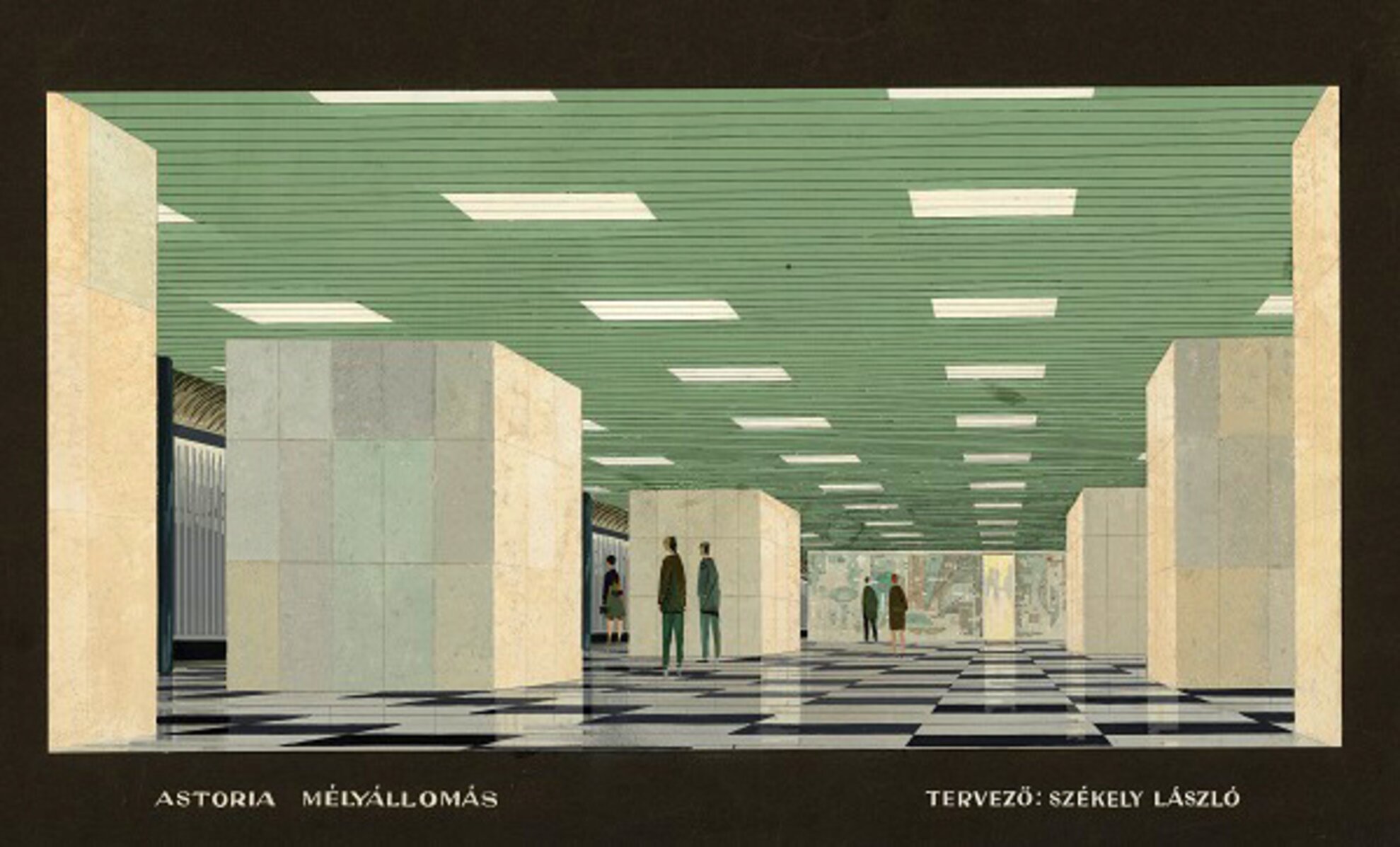
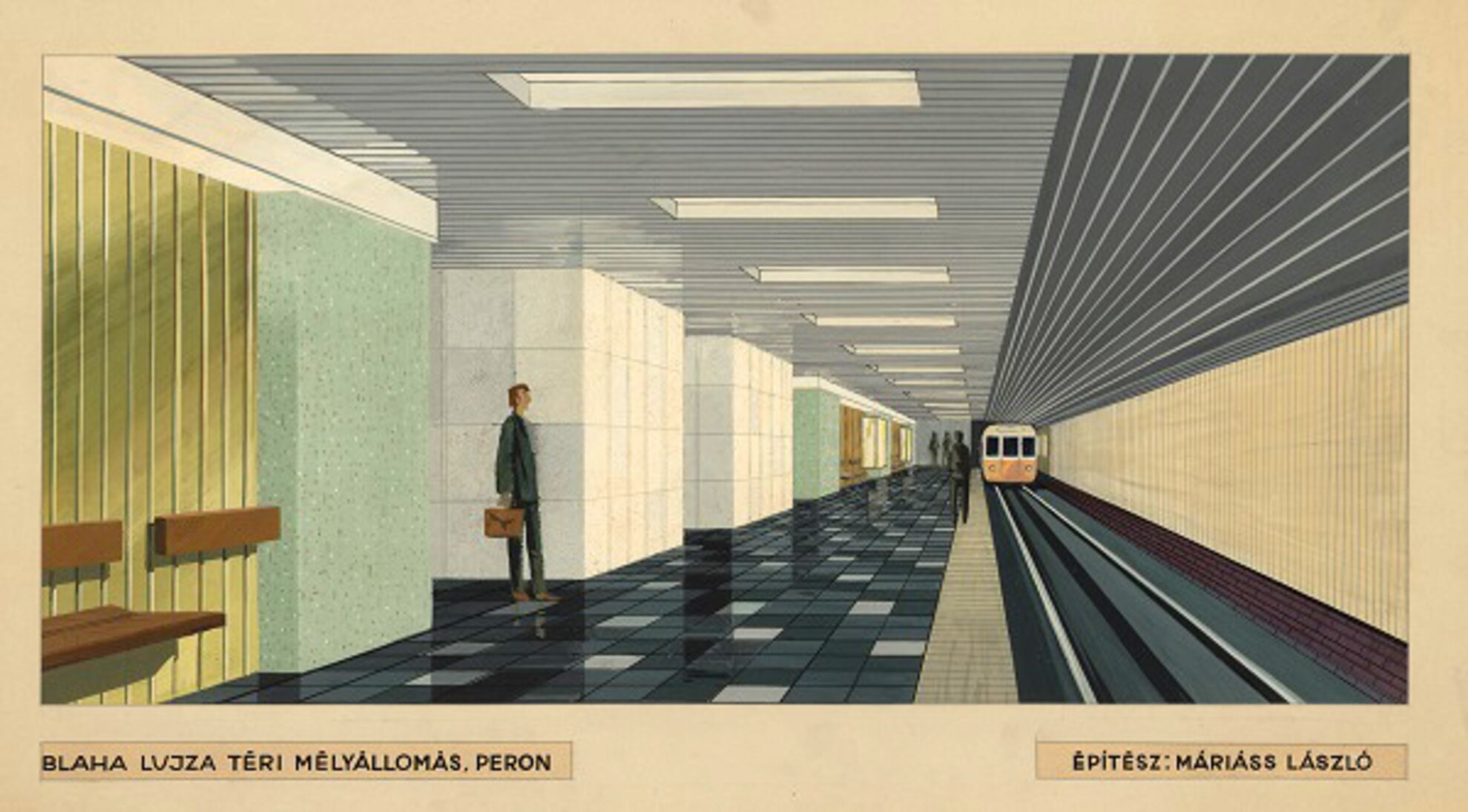
The exhibition details all aspects of the project’s construction, including the difficulties, accidents and technical challenges posed along the way. Some of these were presented by the environment, such as the layers of sand beneath the city, which could lead to sinking buildings once digging began.
The first section of the metro, between Fehér út (Örs vezér tere) and Deák tér was inaugurated on 2 April 1970. Locals spent days riding the escalators and checking out the new metro, and it was quite some time before enthusiasm waned, and this new mode of transportation became a part of everyday life.
